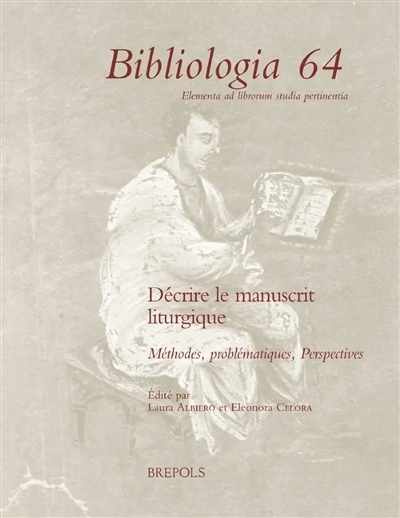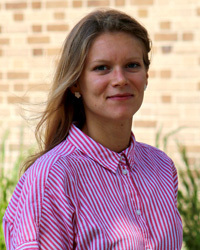

Congratulations to MI Ph.D. student Eleonora Celora on the publication of her first book, Décrire le Manuscrit Liturgique: Méthodes, Problématiques, Perspectives (Brepols, 2021).
This collection brings together proceedings from two Parisian conferences concerning the study and description of liturgical manuscripts: "Aspiciens a longe: Sources et transmission des livres liturgiques; Répertoires, éditions et catalogues" (2014) and "La description du manuscrit liturgique, hommage à Victor Leroquais, destinataire de la dotation Hermans" (2019). The volume provides an introduction to the field and discusses a variety of methodological approaches as well as practical tools.
Celora and co-editor Laura Albiero (Institute de Recherche et d'Histoire des textes) also contributed essays to the anthology.
Learn more about the project and Celora's experience in the interview below.
How did you conceive of this project?
Laura and I started to think about this book during our collaboration for the database Iter Liturgicum Italicum at the Institute de Recherche et d'Histoire des Textes in 2017, when I was still a Master's student. The database collects information about Italian liturgical manuscripts. We had numerous conversations on practical issues that emerged while working on that project, and many open questions concerning methodology. We therefore decided to provide our answers and share them with the academic community.
Tell us more about the significance of this edited volume.

The volume is essentially a guide in the fields of liturgical manuscripts and it answers two main questions. First, what are some of the more recent ideas and studies on liturgical manuscripts? This is discussed in the first four sections. Second, how do you recognize, describe and use a liturgical manuscripts? This is discussed in section five.
I believe the volume marks a turning point especially for one reason. Other publications on liturgical manuscripts have a more narrative approach, while this volume contains practical instructions on how to describe the types of manuscripts. The book is also addressed to a wider public of librarians, students, and scholars.
What was the most exciting or illuminating aspect of working on your book?
The most exciting aspect in the realization of the book was to start answering the questions that arose in my mind as a student. I always tried to start from simple questions, from the practical problems that emerged when I was working with the manuscripts in the libraries. An important part of my contribution to the book was bringing the questions of the younger generation approaching the fascinating world of liturgy and manuscripts.
Editor's Note: This interview has been edited for length and clarity.
Originally published by at medieval.nd.edu on February 21, 2022.